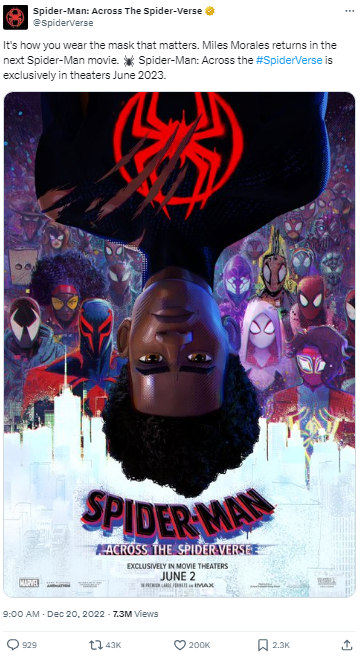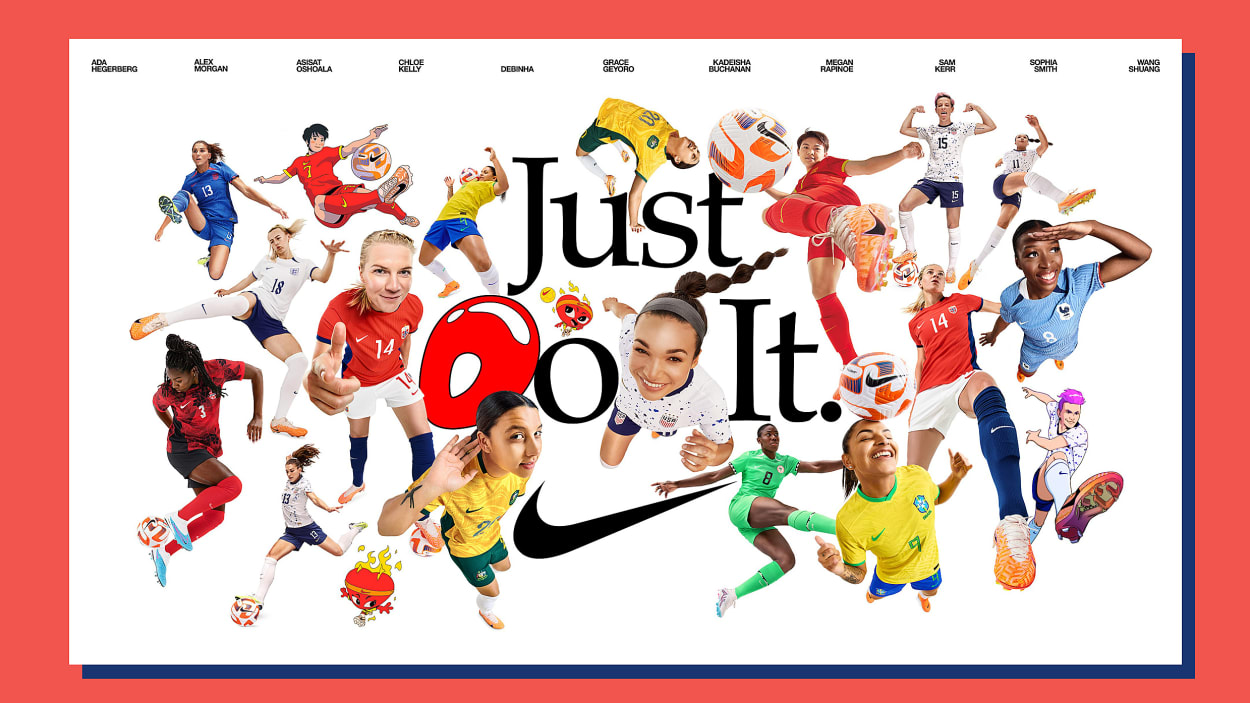
Email newsletters for a new raw dog food brand started appearing in my inbox a few months ago. At first, I paid them little attention — I didn’t even remember signing up for the mailing list. Then, Instagram ads for the brand showed up in my feed, and my favorite TikTok pet influencer reviewed it. All of this content presented the food as healthy, high quality, and backed by science.
I ordered a bag.
Like many customers, I had been persuaded by an integrated marketing campaign. These campaigns share a consistent message across many marketing channels. This strategy helps businesses make a strong impression on target audiences. It also allows companies to develop a cohesive brand image.
Integrated marketing campaigns combine different types of traditional and digital marketing. Read on to discover how you can make this strategy work for your small to mid-sized business. Our simple tips and tricks will help you reach new customers and boost sales.
Introduction to integrated marketing campaigns
Let’s start with the basics: What is an integrated marketing campaign?
An integrated marketing campaign communicates a unified message across many platforms. This method creates a coherent brand voice in different contexts and channels. That way, the audience can identify and connect with the brand no matter where they see its marketing.
This approach comes from the integrated marketing communications (IMC) theory. Northwestern University professor Don Schultz developed this theory in the early 1990s. He described IMC as a way to look “at the whole of marketing communications, rather than concentrating on each of the parts separately.”
In the 1990s, companies relied on traditional marketing methods for IMC. They reached customers through direct mail, television commercials, press releases, and other channels. But, this marketing was mostly one-way and didn’t allow customers to interact with brands. Businesses also couldn’t easily track how people engaged with their marketing.
Modern marketers have expanded the integrated marketing campaign definition. They combine email and SMS, social media, content marketing, and other digital channels that allow companies and customers to interact in real time. They also let marketers gather data to track how their campaigns perform.
Integrated marketing is the future of effective branding. This method enables companies to speak with one voice across all their channels. That means many customers will encounter the same brand identity in many forms. This consistency helps the audience understand the brand’s message, personality, and products. It also builds familiarity and trust over time.
Developing the integrated marketing strategy
Many companies publish similar content through blogs, social media, and email. But an integrated marketing communications campaign goes beyond adapting content for different platforms. This approach is a coordinated strategy to share a message across many channels.
Start developing your strategy by making a campaign plan. This process involves these basic steps:
- Create a campaign goal. Decide what you want your campaign to achieve. Possible goals include building your brand, increasing engagement, and entering a new market.
- Research your target audience. Gather data to understand potential customers’ interests, needs, and values. This information will help you tailor your content and pick the right platforms.
- Define your brand voice. Figure out how you want to present your brand across channels. The brand voice includes personality, tone, language, and messaging. These elements should align with your company’s values and target audience.
- Choose your marketing channels. You can market your brand in many ways, from elaborate events to simple emails. Focus on the channels that your target audience engages with most.
- Align your team and departments. An integrated marketing campaign often involves people from many departments. Spell out your goals and have regular meetings so everyone is on the same page.
Selecting the right marketing channels
An integrated marketing campaign combines two or more channels. Here are the five types of marketing channels that you can combine to expand your reach.
Advertising
Advertising is paid media that shares persuasive messages about a brand. Companies use these channels to promote their products and services to broad audiences.
Traditional advertising includes billboards, print ads, and radio and TV commercials. Marketers also use digital channels, such as pay-per-click and video ads. Digital advertising often targets more specific audiences than traditional methods like billboards.
Digital marketing
Digital marketing uses online channels to engage audiences and raise brand awareness. Businesses often combine paid and free methods to achieve their digital marketing goals. Popular digital marketing channels include email, social media, search engines, and content marketing.
Direct marketing
Direct marketing is one-on-one communication to share messages with consumers. This category often overlaps with digital marketing. It includes emails, phone calls, text messages, and direct mail. Direct marketing allows you to deliver personalized content tailored to your customers’ interests.
Public relations
Public relations uses communication and medical channels to manage a brand’s image. It focuses on creating positive perceptions of a company in the eyes of the public. There are many ways marketers can use public relations in integrated marketing, such as sponsoring community events and collaborating with social media influencers.
Sales promotion
Businesses use sales promotion to increase demand for their products or services. Promotions are typically temporary incentives that give customers a sense of urgency. These activities include discounts, free trials, and rebates.
Defining your buyer personas by channel
Choose two or three broad channels to begin your integrated marketing strategy. Next, pick specific methods to reach your target audience. Creating buyer personas will help you determine which content resonates with potential clients.
A buyer persona is a character who represents a segment of your audience. You can develop these characters by collecting data on your existing clients. This information should include behavioral data, demographics, and details about their interests. Use the data to create personas and determine how these groups engage with content.
Best practices for omnichannel marketing
Let’s be honest: Sharing a consistent message across many platforms is not always easy. But these best practices can help you master omnichannel marketing:
- Use automation tools. Marketing automation software publishes content across many channels automatically. This tool saves time and makes it easier to coordinate your marketing efforts.
- Personalize your marketing across channels. Marketing technology allows you to personalize your content based on customer behavior. Say a potential customer puts a product in their shopping cart but doesn’t finish the order. Marketing software can kick in to display ads for the product on their social media and send email reminders.
Read now: Personalized Emails: Boost Customer Connection with Tailored Strategies
- Create a consistent experience at every touchpoint. Your brand should deliver the same message and experience through every channel.
Content creation for integrated campaigns
Content is the cornerstone of every integrated marketing campaign. It’s the vehicle that you use to carry your message to your audience. Without it, you won’t have a way to engage with potential customers.
Focus on creating adaptable content and messaging for your campaign. This content should have a core story about your brand that you can tell in many ways. For example, you could highlight how your product helps customers overcome challenges. You can tell this story through case studies, paid video ads, and client testimonials.

You can also study integrated marketing campaign examples for inspiration. Sony Pictures’ promotion of Spider-Man: Across the Spider-Verse is one excellent case study. The company released movie trailers and posted about the film on social media. They also created a 3D billboard in Times Square. This cross-channel marketing raised brand awareness and got fans excited about the film.
The Spider-Man campaign highlights the importance of brand consistency across channels. Sony used the same characters, font, and visual style in all its marketing. Your small business may not have the budget for a 3D billboard, but you can still use similar techniques to build brand identity.
Implementation and execution
Ideally, your campaign should launch across all your channels at once. You may find it helpful to create enough content for a few weeks or months before you start your campaign. That way, you’ll have plenty of material ready to go.
Integrated marketing campaign management will help you share this content efficiently. Create a content calendar to organize your campaign across channels. You can use cross-channel marketing software to schedule when this content appears. You should also hold regular team meetings to address issues and promote collaboration.
After your campaign starts, measure your success with key performance indicators (KPIs). These metrics will help you track how your target audience engages with your content. Relevant KPIs may include:
- Click-through rate
- Conversion rate
- Customer acquisition cost
- Email open rate
- Number of generated leads
- Social media engagement
- Video views
- Website traffic
Analyzing integrated campaign examples
Nike is one company that has used integrated marketing with great success. The company’s “Just Do It” campaign uses many channels to inspire its audience and encourage physical activity.

For instance, Nike released a commercial called “What the Football?” before the 2023 FIFA Women’s World Cup. The commercial ended with the slogan “Just Do It.” Nike also markets its brand with social media posts and sponsored athlete endorsements.
This case study reveals some of the elements of successful integrated campaigns. These components include:
- A clearly defined message
- Multichannel approach
- Social proof through appearances from athletes
- Consistent visual elements and slogans
- Engagement with current events
- Compelling storytelling
Continuous improvement in integrated marketing
Keep close tabs on your campaign’s performance, even if you’ve met your goals. That way, you can keep improving and catch problems early.
Say you notice that your recent Instagram posts have half as much engagement as ones from last year. This drop could mean that your audience’s preferences have changed. Or maybe you haven’t maintained a consistent brand. You can investigate the cause and take action to improve future content.
A/B testing can also provide valuable insights into your content’s performance. This process involves sharing two versions of content with segments of your audience. For example, you could use an A/B test to learn which email subject lines get the best response. Use software to track which version gets the most engagement and adjust your content strategy.
Advanced integrated marketing tactics
Many integrated marketers have adopted emerging technologies. Artificial intelligence (AI) is one of the trendiest innovations right now. You can use AI tools to create and adapt content for different channels.
Businesses can also boost engagement with personalization and automation. Marketing software can automatically customize content based on the user’s data. For instance, you can include a client’s name in the email subject line.
Common challenges and solutions
Cross-channel marketing often produces an overwhelming amount of data. You can solve this issue by focusing on KPIs related to your goals. Data visualization tools can also help you spot patterns in data quickly.
While this strategy can be time-consuming, it can help you market across many channels. Use marketing automation tools to streamline repetitive tasks and save time.
Optimizing your integrated marketing campaigns for the future
Changes in consumer behavior will likely drive future trends in integrated marketing. Customers increasingly care about brands’ environmental and social policies. Marketers can respond to this change by creating ethical and transparent campaigns. Innovations like AI can also help companies stay ahead of the competition.
More resources and tools
Constant Contact’s digital marketing tools can help you create effective integrated campaigns. Communicate across channels with our email, SMS, and social media marketing solutions. These tools let you schedule content, automate workflows, collect data, and more. They also integrate to streamline campaign management.
A customer relationship management tool lets you track customer data and personalize content. Constant Contact offers a CRM and lead generation solution.
Get started with integrated marketing
An integrated digital marketing campaign lets you share a consistent message across channels. It’s one of the best ways to build your brand and engage customers.
You can jumpstart your integrated marketing campaign by researching your target audience. Find out which channels they engage with most and tailor your content to appeal to them. As you gain experience, you can branch out into more channels until you’re an integrated marketing master.





